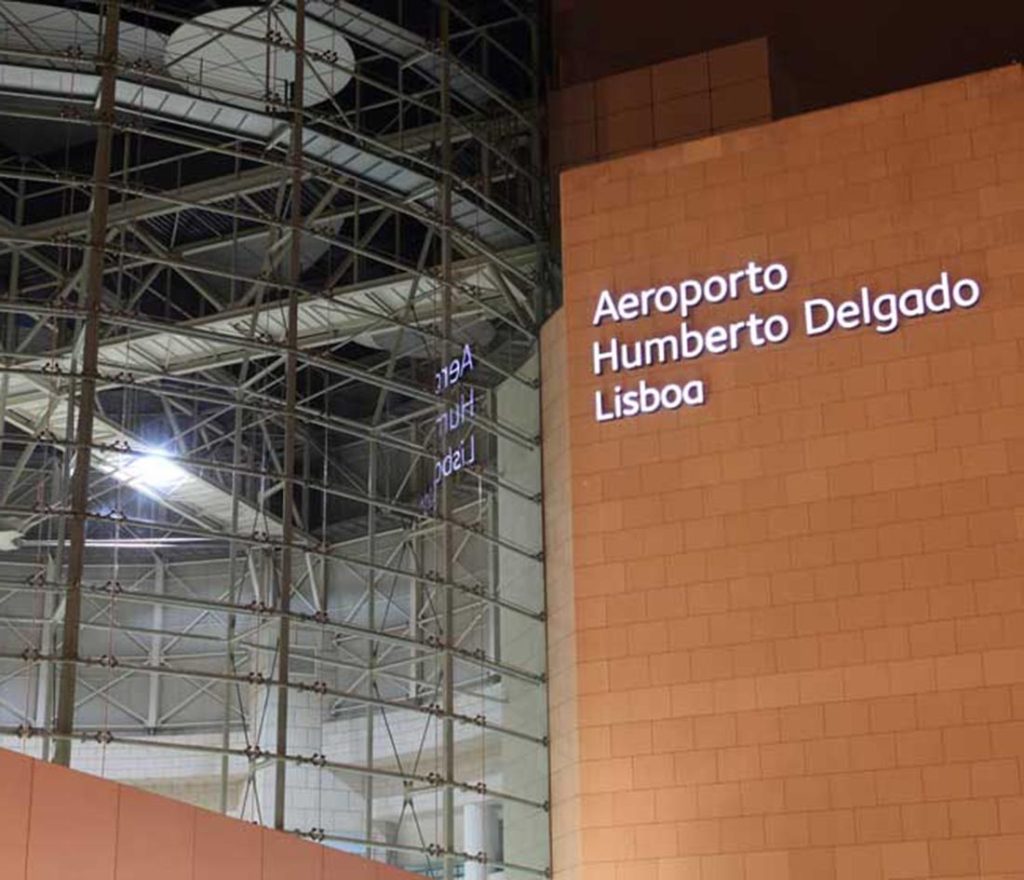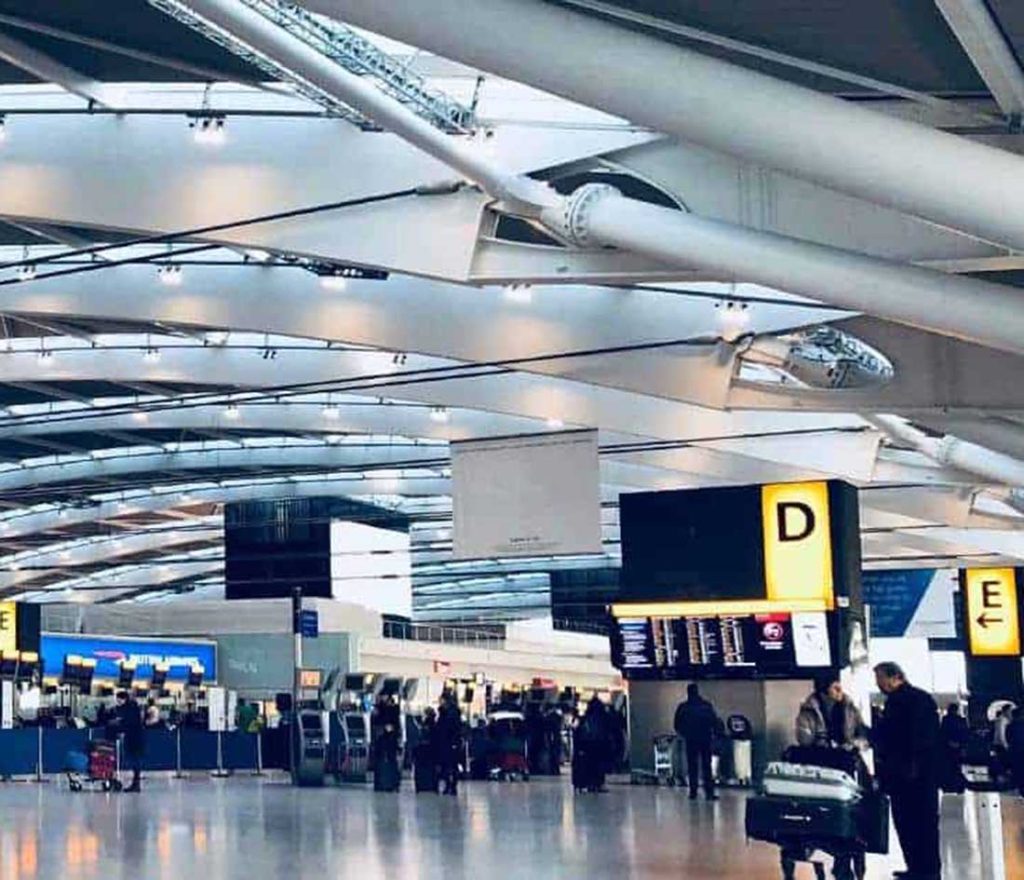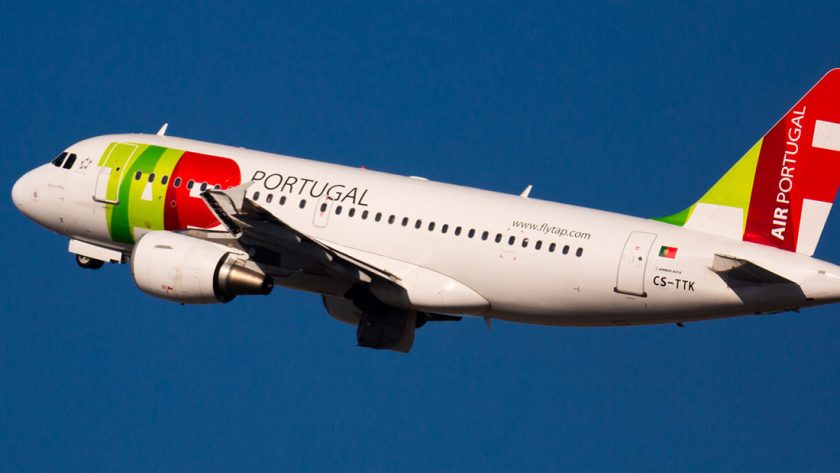Lisbon, the sun-kissed capital of Portugal, has become one of Europe’s most desirable destinations for travelers from all walks of life. With its vibrant neighborhoods, cobblestone streets, soulful fado music, and stunning views over the Tagus River, it’s no wonder that so many people are eager to plan a trip. But before you find yourself wandering through Alfama or enjoying pastel de nata at a corner café, there’s one essential step: booking your flight.
While it might seem straightforward, finding the right flight to Lisbon can be an art in itself. Ticket prices fluctuate dramatically, routes vary depending on where you’re coming from, and there are many small decisions that can make your journey smoother and more affordable. This guide takes you through everything you need to know about booking flights to Lisbon: from choosing airlines and comparing airports to navigating budget options, layovers, and travel hacks that will save you time and money.
Why Lisbon Is a Popular Air Travel Hub
Lisbon is not just the capital of Portugal; it’s also a major European gateway. Humberto Delgado Airport (also known simply as Lisbon Airport or LIS) is the country’s busiest and one of the fastest-growing in Europe. Because of its location on the western edge of the continent, Lisbon serves as a connection point for flights between Europe, North America, South America, and even Africa.
What this means for travelers is simple: there are plenty of options. Whether you want a direct flight from a major city or a budget-friendly route with one stop, chances are you’ll find something that fits your needs.

Step One: Deciding on the Best Time to Book
Flight prices to Lisbon don’t stay static. They move up and down like waves, influenced by demand, events, and even the day of the week you search. Here are some practical tips:
- Book in advance, but not too early. Generally, buying your ticket around two to three months before your trip tends to offer the best deals.
- Avoid peak holidays. Summer tends to be more expensive, and local festivals can cause a spike in demand.
- Check prices midweek. Many travelers find that Tuesdays and Wednesdays offer lower fares compared to weekends when people are more likely to search.
- Set up fare alerts. Using apps or websites that notify you when prices drop can save significant amounts.
Step Two: Choosing the Right Airline
Dozens of airlines fly into Lisbon, from full-service international carriers to budget-friendly low-cost airlines. The right choice depends on your budget, comfort preferences, and travel style.
- Full-service airlines. Companies like TAP Air Portugal, Lufthansa, Air France, or British Airways offer extensive connections and amenities like free checked luggage, meals, and entertainment.
- Budget airlines. Ryanair, EasyJet, Vueling, and Wizz Air often provide cheaper tickets, though extras like luggage or seat selection cost more.
- Long-haul carriers. For travelers flying in from North or South America, airlines such as United, Delta, American, LATAM, and Azul often provide competitive direct or one-stop routes.
Tip: Consider the overall value rather than just the ticket price. A “cheap” ticket that requires you to pay extra for luggage or has inconvenient layovers might end up costing more in the long run.
Step Three: Understanding Lisbon’s Airport
Lisbon Airport (LIS) is conveniently located just a short metro or taxi ride from the city center, which makes arrival smooth and stress-free. The airport has two main terminals:
- Terminal 1: Handles most international flights and is directly connected to the metro system.
- Terminal 2: Primarily used by low-cost airlines for departures. A shuttle bus connects it to Terminal 1.
Knowing which terminal you’re flying into or out of is key to avoiding last-minute confusion, especially if you need to transfer between them.
Step Four: Direct Flights vs. Connecting Routes
Whether you can get a direct flight to Lisbon depends largely on your departure city.
- From Europe: Direct flights are plentiful, making Lisbon easily accessible from nearly every major European hub.
- From North America: Direct flights are increasingly common, particularly from cities like New York, Miami, Boston, Washington D.C., Toronto, and Montreal.
- From South America: Lisbon is one of the closest European entry points, with several Brazilian cities offering non-stop service.
- From Asia or Africa: Routes often involve a connection through another European city such as Paris, Frankfurt, or Madrid.
Tip: Sometimes a connecting flight can save money, but weigh this against the potential for longer travel times or tight layovers.
Step Five: How to Save Money on Flights to Lisbon
Everyone loves a deal, and fortunately, there are many strategies for keeping your Lisbon flight affordable:
- Use flight comparison tools. Websites and apps like Skyscanner, Google Flights, and Kayak allow you to compare across airlines and booking platforms.
- Be flexible with dates. Shifting your travel by just one or two days can sometimes slash hundreds of euros or dollars off your ticket.
- Fly into nearby airports. Occasionally, it’s cheaper to land in Porto or Madrid and then take a train or low-cost flight to Lisbon.
- Look for budget-friendly airlines. Even if it means fewer perks, you can often find great deals by mixing a budget airline with a full-service carrier.
- Consider one-way tickets. In some cases, booking two separate one-way tickets with different airlines can be cheaper than a round-trip.
Step Six: What to Expect on the Flight
Flying to Lisbon is generally comfortable, but your experience will vary depending on airline and route. A few things to keep in mind:
- Flight duration. Within Europe, most flights take between two to four hours. From North America’s East Coast, expect around six to eight hours. Longer if flying from the West Coast or Asia.
- Onboard service. Full-service airlines typically include meals and drinks, while budget carriers often charge for everything, even water.
- Luggage restrictions. Low-cost airlines often have strict size and weight limits for carry-on bags. Always check before packing.
Step Seven: Navigating Layovers
If your route includes a layover, consider these practical tips:
- Choose wisely. Some airports are easier to transit than others. For instance, Munich or Zurich are known for efficiency, while larger airports like London Heathrow may require more time.
- Leave buffer time. A short layover can be risky if your first flight is delayed. Two to three hours is a safer bet.
- Enjoy the stop. Some layovers in European cities can be turned into mini-trips. If you have a long stop in Paris, Amsterdam, or Madrid, you might be able to step out and explore.

Step Eight: Booking Directly vs. Through Third Parties
When searching online, you’ll often find cheaper prices on third-party booking sites. But is it worth it?
- Booking directly with the airline gives you more flexibility if changes are needed and often better customer service.
- Booking through third-party sites can save money, but you may face challenges if you need to modify your trip or deal with cancellations.
A good compromise is to use comparison tools to find the best options, then book directly with the airline when possible.
Step Nine: Travel Tips for a Smooth Arrival
Once your flight is booked, a few small details can make your arrival in Lisbon stress-free:
- Have transportation planned. The metro is affordable and convenient, but taxis and ride-sharing services are readily available as well.
- Keep local currency handy. While cards are widely accepted, it’s useful to have some euros for smaller purchases.
- Adjust to local time. Depending on where you’re coming from, jet lag might be a factor. Plan a light schedule for your first day.
Step Ten: Packing Essentials for Flying to Lisbon
While every traveler’s packing list is different, here are some flight-specific essentials:
- Travel pillow and blanket. Especially useful on long-haul flights.
- Headphones. Noise-canceling ones are a lifesaver during overnight journeys.
- Portable charger. Keeps your devices powered until you reach your hotel.
- Snacks. Even if your airline provides meals, it’s nice to have something you enjoy.
- Important documents. Always carry a printed and digital copy of your boarding passes, reservations, and ID.
Bonus: Flying Sustainably
More travelers are becoming conscious of the environmental impact of air travel. If this is important to you, consider these steps:
- Choose direct flights when possible. Fewer takeoffs and landings mean lower emissions.
- Fly with airlines investing in sustainability. Some carriers are using biofuels or offset programs.
- Offset your carbon footprint. Many booking sites now allow you to add a small contribution toward green projects.
Flying to Lisbon doesn’t have to be complicated or stressful. With a little preparation and the right strategies, you can secure affordable flights, enjoy a comfortable journey, and arrive ready to explore one of Europe’s most enchanting capitals.
From knowing when to book to understanding which airlines and airports offer the best value, this guide has covered the practical essentials you’ll need. Whether you’re a first-time traveler or a seasoned globetrotter, the journey to Lisbon begins long before your feet hit its historic cobblestones — it starts with making smart flight choices.
So, set your alerts, compare your options, pack wisely, and get ready to take off. Lisbon awaits.



